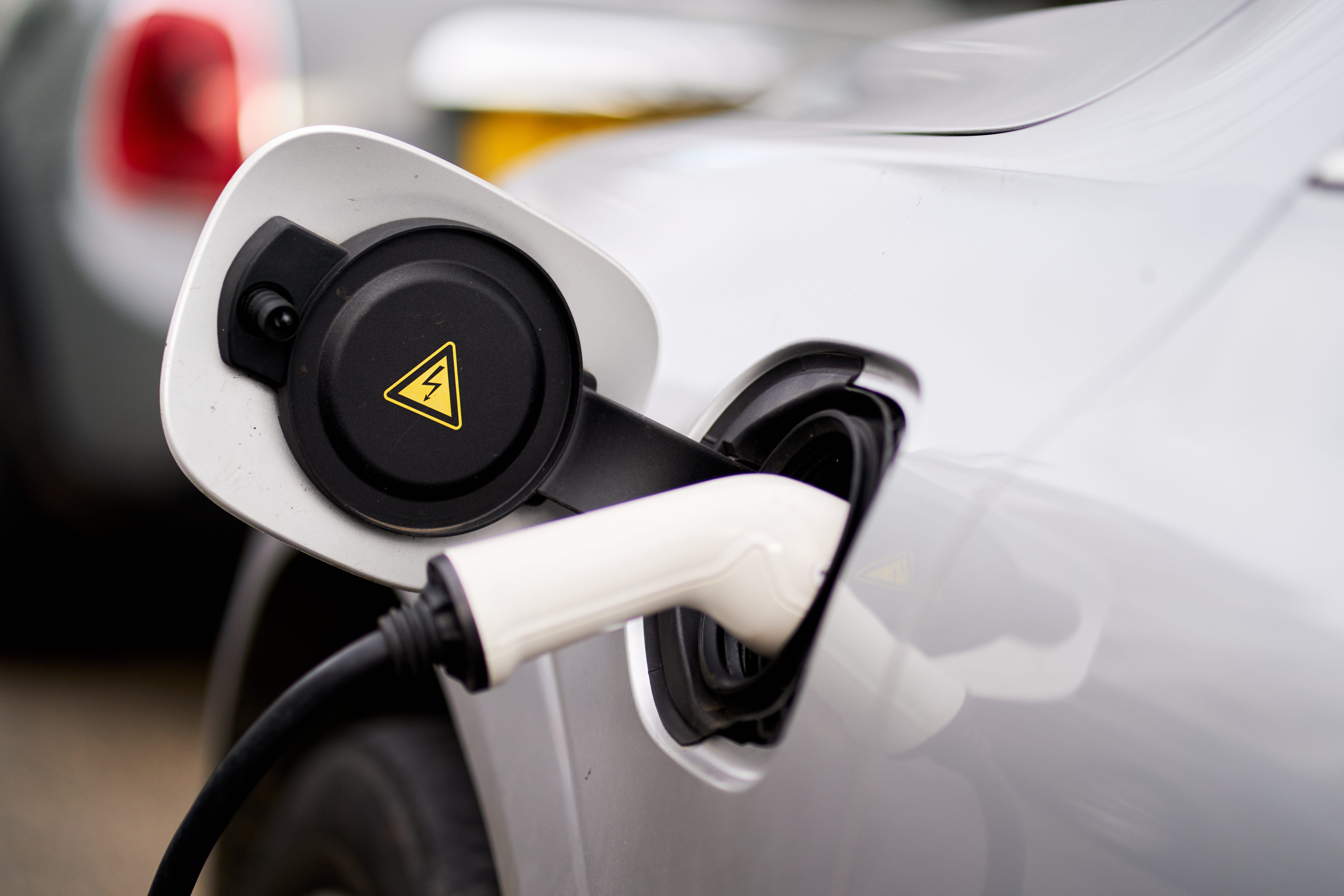Rollout of public EV chargers slows
Department for Transport figures show as of January 1 there were 73,334 public electric vehicle charging devices.

Your support helps us to tell the story
From reproductive rights to climate change to Big Tech, The Independent is on the ground when the story is developing. Whether it's investigating the financials of Elon Musk's pro-Trump PAC or producing our latest documentary, 'The A Word', which shines a light on the American women fighting for reproductive rights, we know how important it is to parse out the facts from the messaging.
At such a critical moment in US history, we need reporters on the ground. Your donation allows us to keep sending journalists to speak to both sides of the story.
The Independent is trusted by Americans across the entire political spectrum. And unlike many other quality news outlets, we choose not to lock Americans out of our reporting and analysis with paywalls. We believe quality journalism should be available to everyone, paid for by those who can afford it.
Your support makes all the difference.The rollout of electric vehicle (EV) public charging devices in the UK slowed last year.
Department for Transport (DfT) figures show as of January 1 there were 73,334 devices, up from 53,677 a year earlier.
That is an increase of 37% for 2024, compared with 45% in 2023.
A recent report by the public spending watchdog the National Audit Office found the UK is “on track” to have the 300,000 chargepoints that the DfT estimated will be the minimum needed by 2030.
There is still a huge gulf in prices between public and home chargers
Companies involved in public chargepoint installation – which has largely been privately funded – often face difficulties with the time and cost needed to obtain planning permissions and electricity grid connections.
Boosting charging infrastructure is seen as a vital part of the Government’s commitment to bring forward the ban on the sale of new petrol and diesel cars and vans from 2035 to 2030.
A DfT spokesperson said: “Nearly 20,000 public chargepoints were added to the network in 2024, making it a record-breaking year for EV infrastructure.
“This progress is giving drivers the confidence to make the switch to electric vehicles, with the UK leading Europe in EV sales last year – a 21% increase from 2023 to 2024.
“We’re investing over £2.3 billion to support the transition to zero-emission vehicles, building on the 73,000 public chargepoints already available, and have launched a consultation to engage the sector on shaping the road to net zero.
“Getting this right will not only accelerate the transition to electric vehicles but also unlock a multibillion-pound industry, creating high-quality jobs that will drive growth for decades to come.”
RAC senior policy officer Rod Dennis said: “It’s positive to see that the availability of EV chargepoints is improving.
“However, it’s also important that their affordability is addressed, especially for anyone without a driveway who can’t charge cheaply at home.
“There is still a huge gulf in prices between public and home chargers, partly due to the higher rate of VAT at public charge points compared to the 5% domestic rate.”
Quentin Willson, founder of FairCharge and advisory board member of EVUK, both pro-EV groups, said: “We’ve made such significant progress in building charging infrastructure and, for the first time, wind has now become the largest generator of electricity.
“But the glacial speed of grid connections risks ruining everything. There is simply no excuse for connection delays of up to three years.”
This data highlights a positive step towards the UK’s EV goals
Yann Marston, chief revenue officer at chargepoint company char.gy, said the Government’s Local Electric Vehicle Infrastructure funding scheme prioritises “broad coverage rather than simply chasing profitability”.
He went on: “We address this challenge with a balanced approach, combining socially important, underserved sites with more commercially attractive locations.
“This ensures no community is left behind in the transition to sustainable transport.”
Antoine Picron, a senior policy manager at charger company ChargePoint, said: “This data highlights a positive step towards the UK’s EV goals.
“Last year, the total number of chargers on UK roads increased about 20,000, supporting better charging experiences for EV drivers.
“Yet, with a growing EV driving population in the UK, there is still work to be done.”